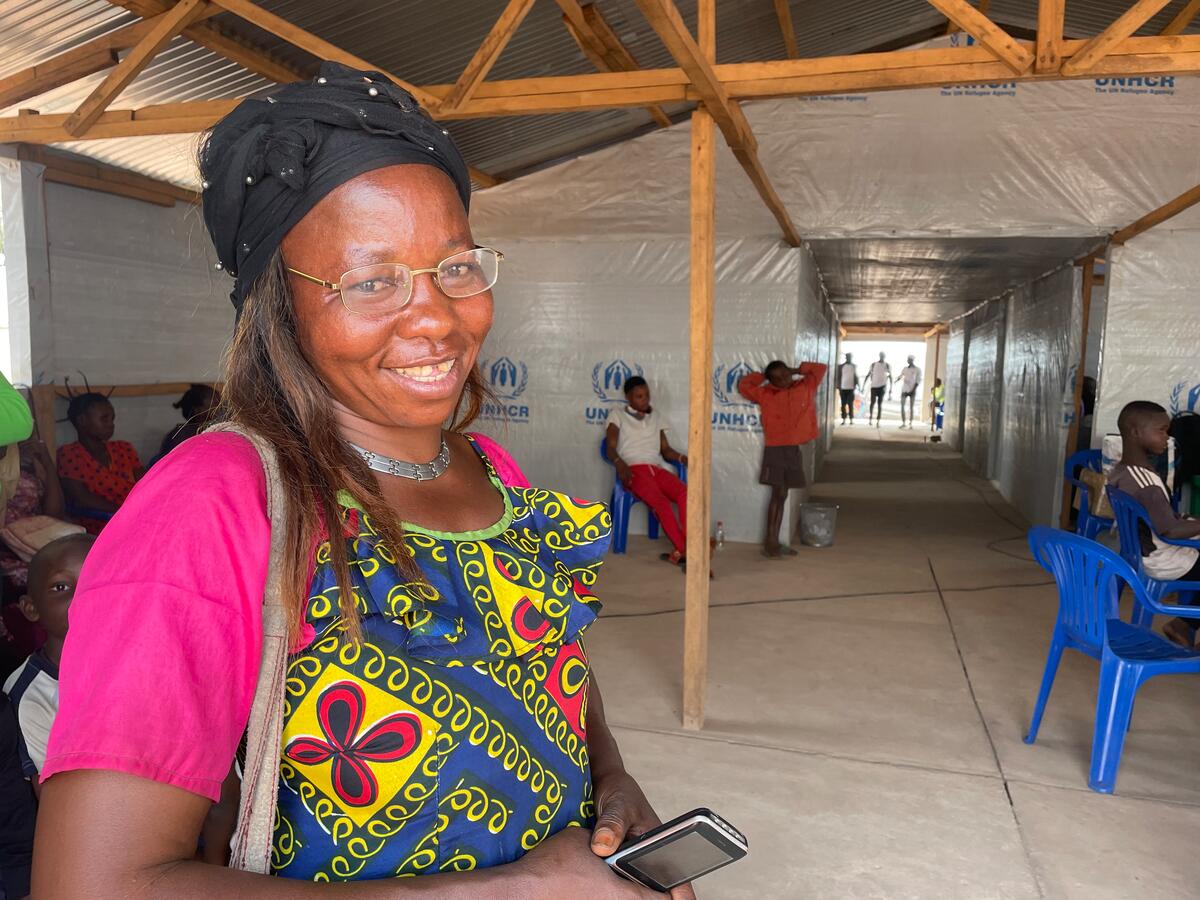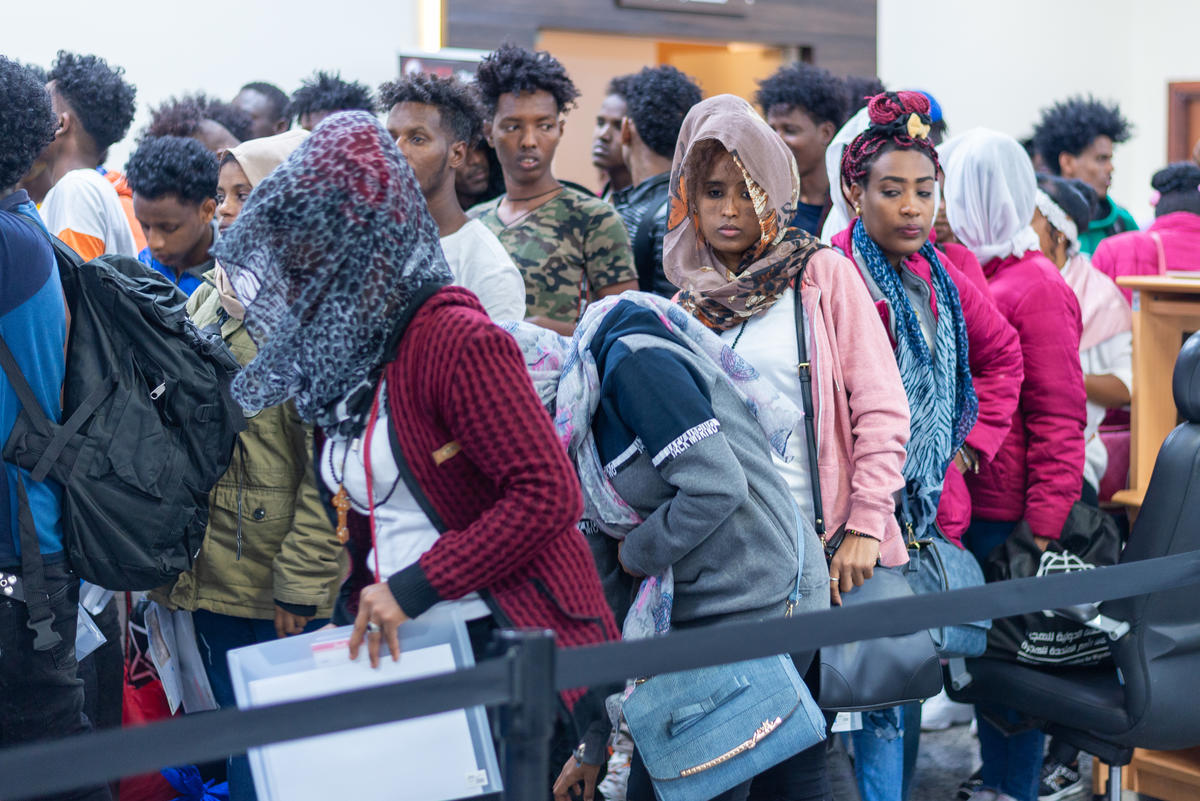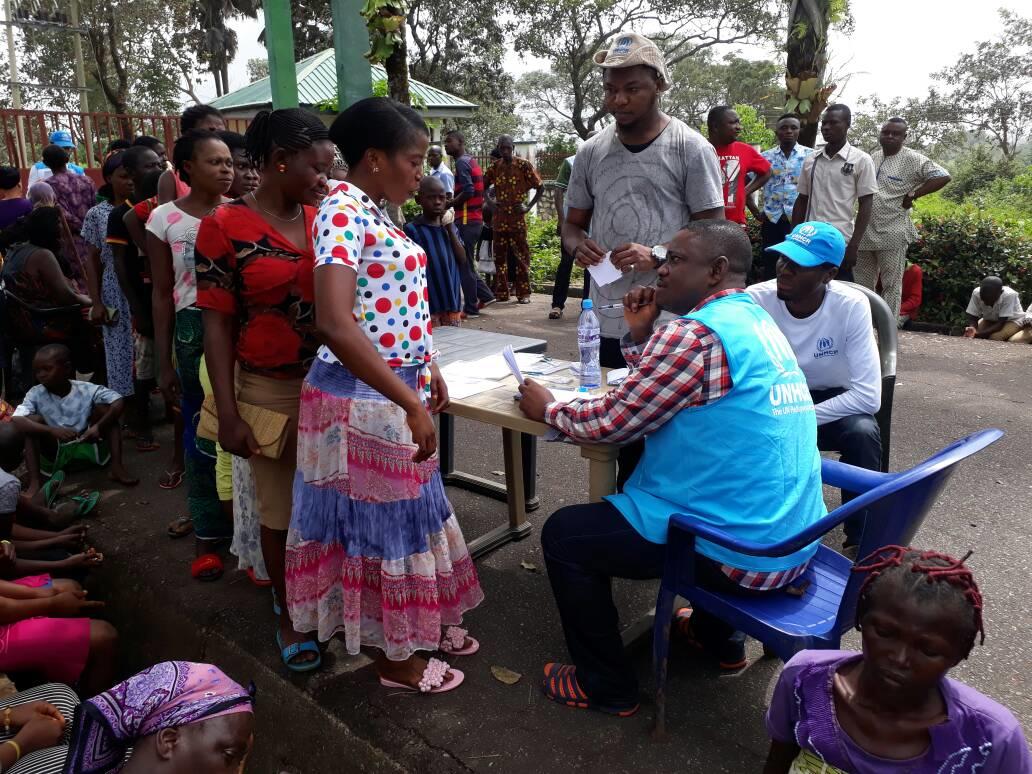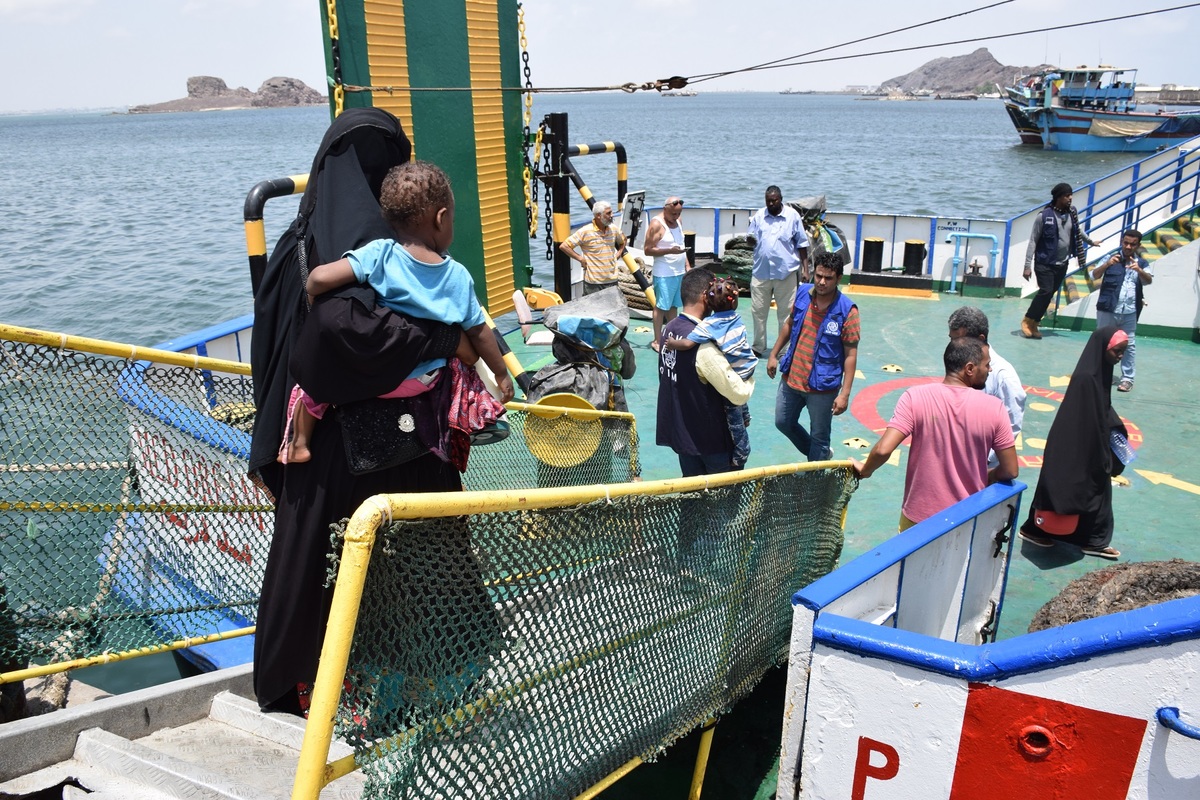Liberia: Sierra Leonean returns
Liberia: Sierra Leonean returns
A second boat carrying Sierra Leonean returnees from Liberia was expected in Freetown port this morning after a 24-hour voyage from Monrovia. The boat has 301 Sierra Leoneans on board. This brings to 586 the number of Sierra Leonean refugees brought back to Sierra Leone since the beginning of the sea operation last week. Although much slower than an overland repatriation - because of the boat's limited capacity of 300 - the sea repatriation was the only viable option in the light of insecurity in Liberia which has severed the main overland route to Sierra Leone. Overland repatriation from Liberia was first started in mid-February this year and led to the repatriation of 10,848 Sierra Leoneans by April, when the movement was suspended - first because of the electoral period in Sierra Leone, and then because of renewed fighting between rebel and government forces.
The ship will do a twice-weekly shuttle, which should allow an average of 600 Sierra Leonean returns weekly. As was the case with Monday's 285 arrivals, most of today's returnees are former refugees from Sinje refugee camp in Liberia. They fled to Monrovia after a rebel attack on June 20. UNHCR has travelled to various places around Monrovia where those who escaped the attack are now sheltering. The former Sinje refugees are being given first priority for return.
The final destinations of most of these refugees are Kailahun, Kenema, and Pujehun Districts in Sierra Leone.The standard procedure is that refugees will be briefed upon arrival by UNHCR protection officials on the main steps and procedures for the remainder of their journey. They are also informed of the assistance that is available in their areas of origin, and what they can expect there. After going through immigration controls, they are handed over to UNHCR for registration. Unaccompanied and separated minors are taken care of by our partner, Save the Children UK. Many of the young refugees were born in Liberia, as their parents had fled the war, some as early as 1990. Returnees from Freetown will be taken straight home by minibus. The others will travel in truck convoys to their final destination. Returnees going to Kono and the eastern districts are scheduled to spend a night at Jui transit centre near Freetown, while those going to the northern and southern areas are accommodated for one day at Baïama Way, in Bo district, before reaching their places of origin. Each returnee is provided with a resettlement package that includes several domestic items such as mats, blankets and utensils, transport allowances and a two-month food ration.
Some 4,500 Sierra Leoneans have so far registered in Monrovia for repatriation by ship. Since September 2000, UNHCR has facilitated the return of over 100,000 Sierra Leoneans from Guinea and Liberia.
Sierra Leone is also facing an influx of more than 50,000 Liberian refugees. Refugees and foot returnees continue entering the country in Zimmi and Kailahun areas at a rate of about 1,000 per week. Refugees also arrive in small numbers through unofficial entry points. In addition to the population of 28,500 Liberian refugees in camps, there are some 7,300 in towns and an estimated 13,700 spontaneously settled in the border areas of Kailahun and Pujehun districts. UNHCR last week carried out an information campaign to try and convince those who are staying in makeshift camps near the border to accept relocation to inland camps where they can get better protection and assistance.







